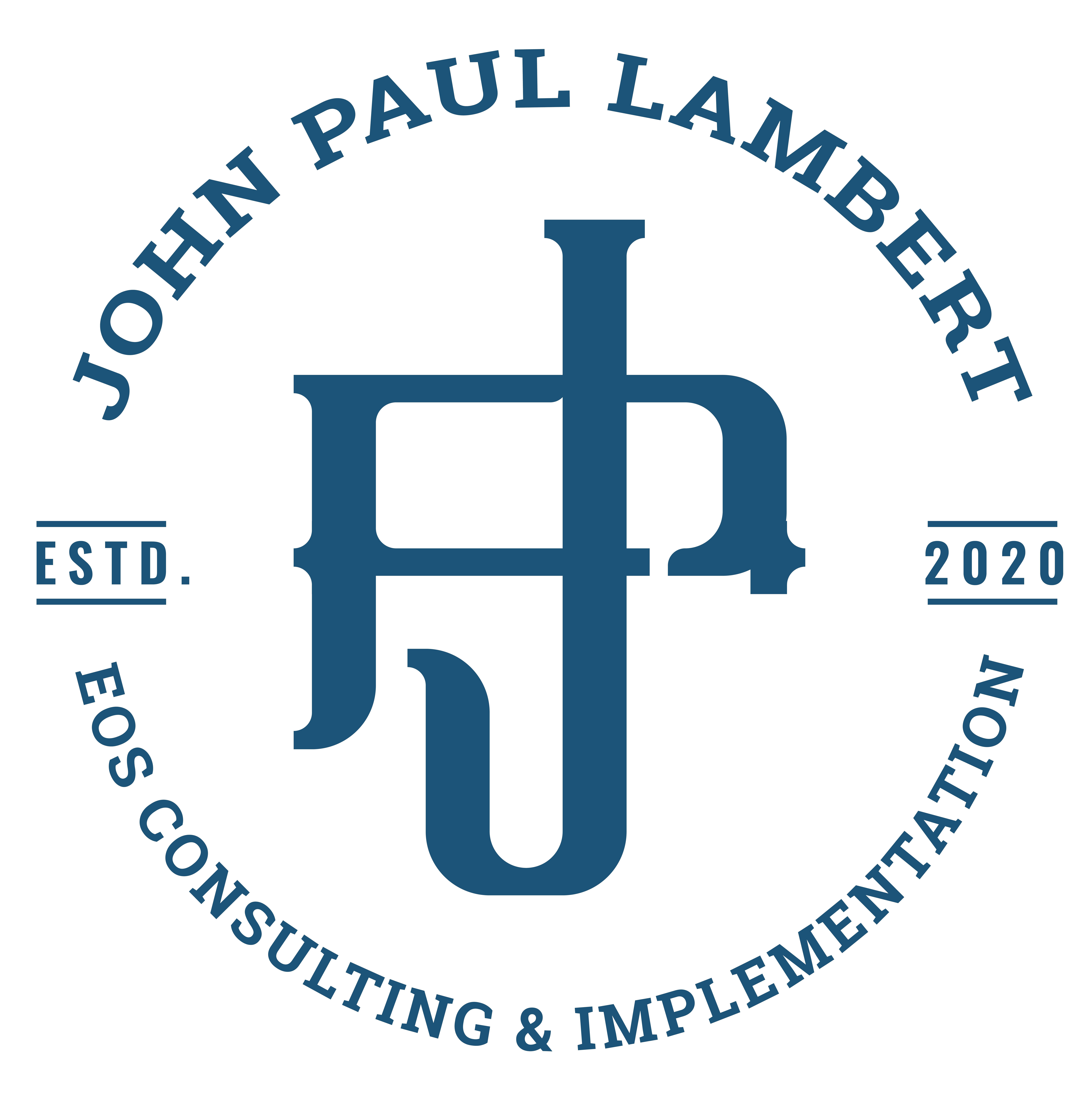In this lesson, we will explore Human Resources Management (HRM), focusing on recruitment, performance management, and employee relations. As a COO, understanding and effectively managing human resources are crucial for fostering a productive and engaged workforce where people actually like to come to work.
Role of HR in an Organization
Human Resources (HR) is vital for recruiting, developing, and retaining the talent necessary for an organization’s success. HR also plays a key role in shaping company culture and driving employee engagement.
- Recruitment and Selection:
- Recruitment and selection involve attracting, screening, and hiring the best talent to meet organizational needs. As a COO, you are looking for people who “GWC”- “get it, want it, and are capable.” You also want people who fit nicely into your company culture.
- Google is renowned for its rigorous recruitment process, including multiple rounds of interviews and assessments designed to identify candidates who fit its innovative culture. How are you ensuring you are getting the best of the best talent available.
- “Great vision without great people is irrelevant.” – Jim Collins. Hire slow and fire quickly and remember it is always easier to ask someone to come on the team than to ask them to leave.
- Employee Training and Development:
- Training and development programs are essential for enhancing employees’ skills and preparing them for future roles within the organization. Every day as a COO, I held a 3-5 minute stand up with all of our office staff. Each day, someone would give a quick insight on set topics such Motivation, Tactics, Wellness, and Personal Transformation. This is a great start before jumping into a full blown training program. Another idea is to bring a mentoring culture into the business where everyone is mentoring someone.
- IBM invests heavily in continuous learning and development programs, such as its Think Academy, ensuring employees stay ahead in a rapidly evolving tech landscape.
- According to a LinkedIn report, 94% of employees would stay at a company longer if it invested in their learning and development.
Performance Management
Performance management involves assessing and improving employee performance to align with organizational goals. This ensures that employees contribute effectively to the company’s success.
- Setting Performance Standards:
- Establishing clear and measurable performance standards helps employees understand job expectations and benchmarks for success. Every job should have clear expectations in writing for the seat, including the seat’s accountability
- At Adobe, the transition from annual performance reviews to continuous feedback has improved employee performance and engagement. This system, called Check-in, sets clear expectations and allows for real-time adjustments.
- “You can’t improve what you don’t measure.” – Peter Drucker
- Conducting Performance Reviews:
- Regular performance reviews provide an opportunity to evaluate employee performance, give feedback, and set future goals.
- General Electric (GE) pioneered the concept of the 360-degree feedback system, allowing employees to receive feedback from supervisors, peers, and subordinates, fostering a comprehensive performance review process. We conduct performance reviews at least annually in the fall but I recommend supervisors do check ins at least quarterly and stand ups daily.
- Companies that implement regular performance reviews see 14.9% lower turnover rates (Society for Human Resource Management).
Employee Relations
Effective employee relations involve building a positive work environment, fostering communication, and addressing conflicts and grievances promptly.
- Resolving Conflicts:
- Addressing conflicts swiftly and effectively is crucial for maintaining a harmonious work environment. How good are you are demonstrating effective conflict resolution?
- At Southwest Airlines, a strong focus on employee relations includes conflict resolution training, ensuring employees are equipped to handle disputes amicably and maintain a collaborative atmosphere. What could you do to ensure people understand how to handle conflict effectively. One key issue is to attack the issue, not the person.
- “The way we communicate with others and with ourselves ultimately determines the quality of our lives.” – Tony Robbins. Do you have emotional intelligence?
- Ensuring Employee Satisfaction and Retention:
- Creating initiatives to enhance job satisfaction and retaining top talent is a key component of HR strategy. What rythmns of celebration and recognition can you put into place to ensure outstanging work gets recognized and rewarded.
- SAS Institute consistently ranks as one of the best places to work due to its exceptional employee benefits, including work-life balance policies and a supportive work environment. The company that I ran as COO, won Best Workplace awards for two years in a row and we did not offer benefits except PTO. It’s not always about the benefits. The work environment is a huge factor in retention.
- Organizations with high employee engagement have 22% higher profitability and 21% higher productivity (Gallup).
Key Takeaways
- Understand the critical role HR plays in recruitment, training, development, and cultivating a positive company culture. As the COO, take the lead in setting the tone.
- Learn the importance of setting performance standards and conducting effective performance reviews to improve employee output then determine your own plan.
- Gain insights into resolving conflicts, ensuring employee satisfaction, and implementing retention strategies to maintain a motivated workforce. Dive deep into books covering topics such as emotional intelligence, body language, and empathetic negotiation.
By mastering human resources management, you will be better positioned to foster a supportive and efficient work environment, aligning human capital with the organization’s strategic goals and driving overall business success.
